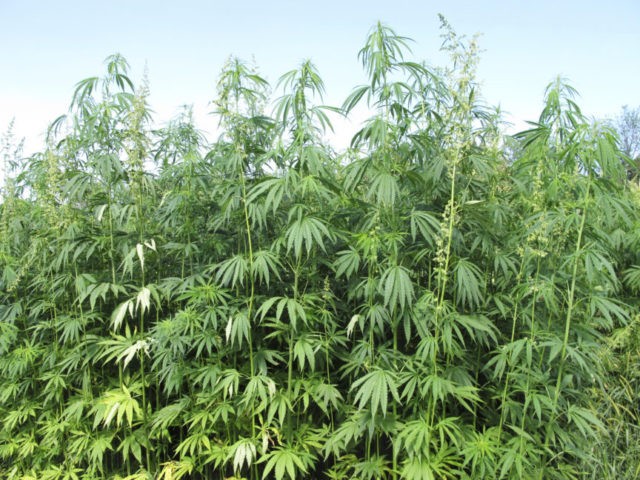Marijuana Cultivation Damaging California Water Su
Post# of 52065
< >

The California water supply is suffering serious degradation from the 99 percent of unlicensed marijuana cultivators that remain unlicensed to avoid taxes and environmental regulation.
California’s voter-approved Proposition 64 legalization of recreational marijuana initiative stated the law’s “purpose and intent” was to establish goals to “prevent illegal production or distribution of marijuana” through licensing to eliminate known environmental degradation of water resources due to uncontrolled wasteful use; pesticides; fertilizers; erosion; irrigation runoff; petroleum and other chemicals; trash and human waste.
California’s temperate climate supports over 50,000 outdoor marijuana farms in almost every area of the state, but it is mostly concentrated in the three Northwestern California counties Humboldt, Mendocino, and Trinity that are known as the Emerald Triangle.
But despite four months of legalization, 99 percent outdoor farms remain unlicensed and the number of farms is growing rapidly. Unlicensed and illegal Emerald Triangle marijuana farmers are especially attracted to the area due to its isolated nature, vast amounts of unused forest land and plenty of river and spring water.
The authoritative peer-reviewed, ‘Impacts of Surface Water Diversions for Marijuana Cultivation’ published in the POLS ONE journal, estimated that marijuana cultivation in the Emerald Triangle has the potential to cause a 23 percent reduction of stream flow during the driest periods of the year. Such diminished streamflow is likely to lethal to salmon, steelhead trout and cause “further decline of sensitive amphibian species.”
The Nature Conservancy senior freshwater ecologist Jennifer Carah told the Water Education Foundation that illegal marijuana cultivation across California imperils fish and human drinking and agricultural water quality and supply: “The unpermitted forest clear-cutting and road construction can dramatically increase erosion, which can cause large amounts of sediment to flow down into streams, causing water quality problems.”
Carah added that although marijuana cultivation impact on local water sources has been studied on the South Fork of the Eel River in Mendocino and Humboldt counties, “to my knowledge, nobody has mapped cannabis cultivation at the state or regional scale yet.”
Friends of the Eel River Conservation Director Scott Greacen at a California Water Policy Conference at the University of California Davis in March blamed the worst marijuana cultivation water resource damage on unlicensed so-called “trespass grows” on U.S. National Forest lands that legalization has failed to stop: “They are the most damaging per unit and those are the kind we need to get rid of.”
Sacramento-based water and environmental regulatory litigator with Kronick Moskovitz Tiedemann & Girard, Hanspeter Walter, told the Water Education Foundation that eventually the environmental damage from illegal marijuana cultivators in the Emerald Triangle will fade as licensed high-productivity farmers in Yolo and Monterrey counties with flat land and better weather will come to dominate the marijuana production.
Breitbart News reported that California’s Bureau of Cannabis Control projections that legal marijuana industry would grow at about the same 28 percent compounded rate as the roll-out of Internet broadband access in the 1990s, resulting in state and local tax collections of $1 billion in 2018 spiking to $3 billion by 2021.
But through February, California marijuana tax collection was 15 percent below forecast, due to a 23 percent price spike for legal marijuana due to a 15 percent state excise and local government taxes on recreational marijuana.
 (0)
(0) (0)
(0)